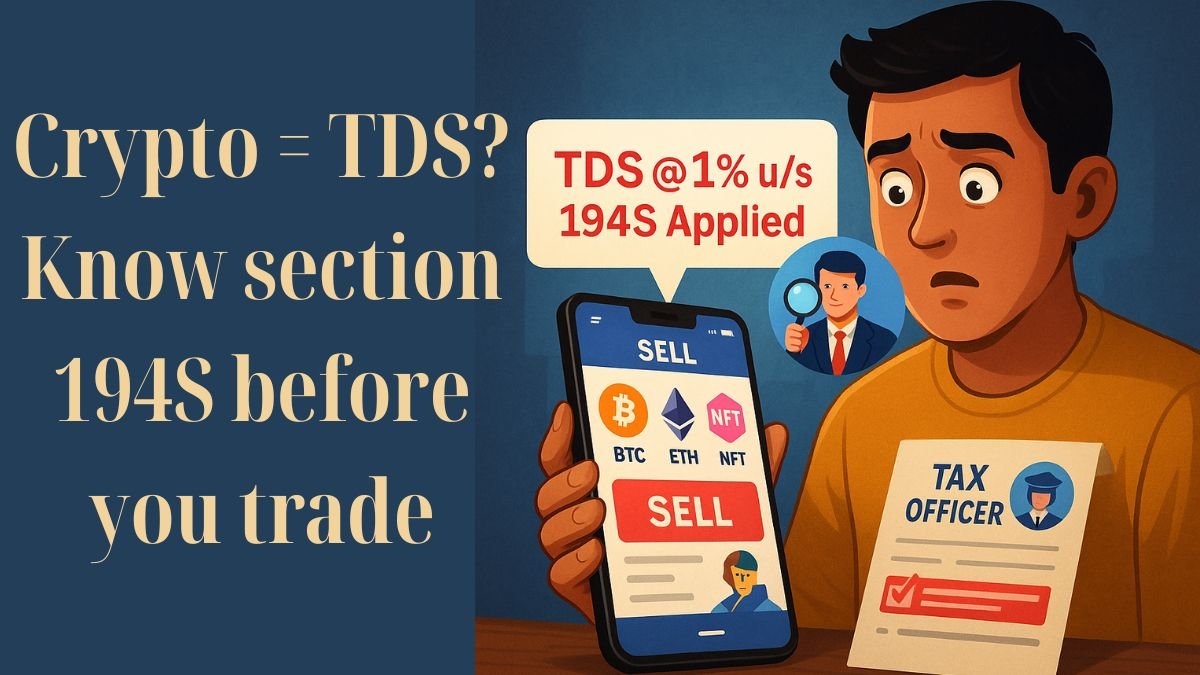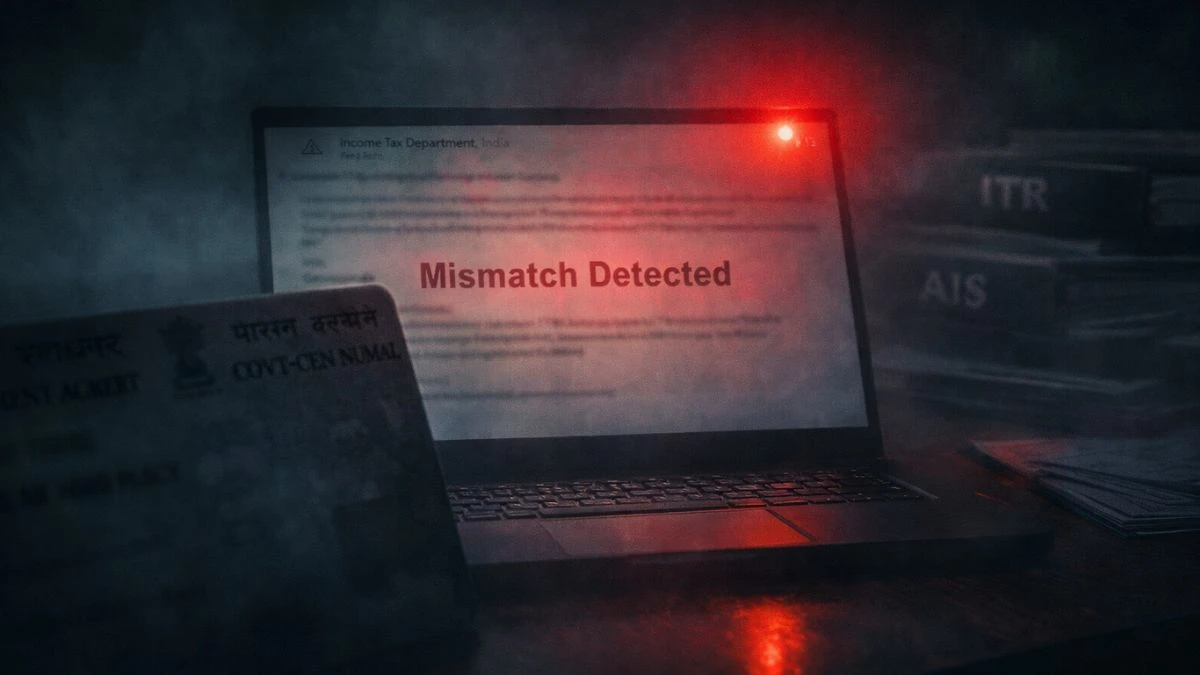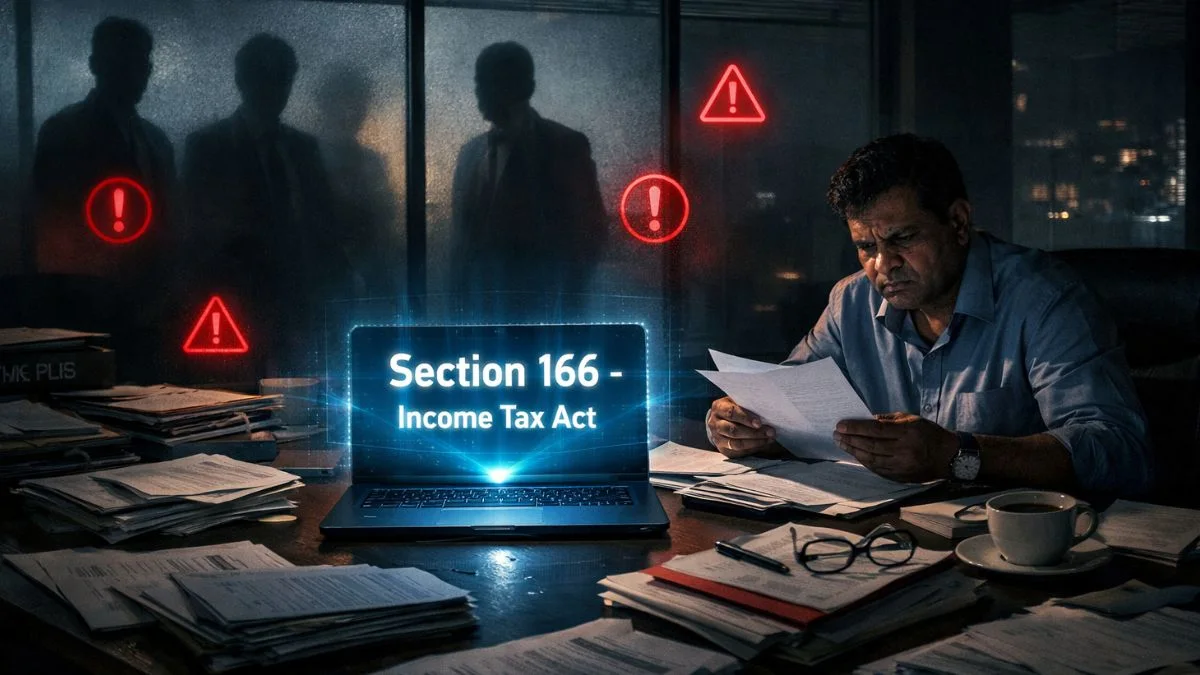
As digital assets continue to rise in popularity, so does the government’s focus on tracking their transactions. Enter Section 194S of the Income Tax Act—a provision that deals specifically with tax deducted at source (TDS) on the transfer of VDAs, or Virtual Digital Assets.
Let’s decode what this section means, who it applies to, what the rate is, and how it impacts buyers, sellers, and platforms dealing with crypto and similar digital assets.
What is Section 194S of the Income Tax Act?
Section 194S was introduced in the Union Budget 2022 and came into effect from 1st July 2022.
It mandates the deduction of tax at source (TDS) on any payment made on the transfer of virtual digital assets (VDAs). In simpler terms, if you sell or transfer a crypto coin, NFT, or similar digital token and receive money for it, the buyer is required to deduct TDS before making the payment.
This move was introduced to plug the tax leakages in crypto transactions and bring digital assets into the formal tax system.
What Are Virtual Digital Assets (VDAs)?
Under the Income Tax Act, VDAs include:
- Cryptocurrencies like Bitcoin, Ethereum, etc.
- Non-Fungible Tokens (NFTs)
- Any other digital asset notified by the government
Section 194S of the Income Tax Act applies when these assets are transferred from one party to another for consideration.
When Does TDS Apply?
TDS liability under Section 194S is applicable in the following situations:
- When the aggregate value of consideration paid to a resident in a financial year exceeds ₹10,000.
- For individuals or HUFs (not having business income or not audited under Section 44AB), the threshold is ₹50,000 per year.
So, if you buy crypto worth more than ₹10,000, TDS under 194S kicks in.
What Is the TDS Rate Under Section 194S?
The TDS rate under 194S of the Income Tax Act is 1% of the sale consideration. It must be deducted at the time of credit or payment, whichever is earlier.
👉 Note: If the seller does not furnish a PAN, the TDS rate increases as per Section 206AA, possibly up to 20%.
How Is TDS Deducted on Crypto?
Let’s take an example.
You buy Bitcoin worth ₹2 lakhs from a seller. As a buyer, you must deduct 1% TDS, i.e., ₹2,000, and pay only ₹1,98,000 to the seller. The ₹2,000 is then deposited with the Income Tax Department using Form 26Q or other applicable return forms.
Alternatively, platforms like CoinDCX, WazirX, and Binance handle this TDS deduction automatically. "
194S and Senior Citizens – A Confusion?
It’s important to clear a common misconception. While Section 194S primarily deals with VDAs, some sources wrongly link it to TDS on income from senior citizens' schemes. That is covered under Section 194P, not 194S.
Section 194S of the Income Tax Act is strictly about VDAs, not retirement schemes. "
Section 194S: Which ITR Is Applicable?
The income arising from the transfer of VDAs, after deducting TDS, needs to be reported under capital gains or business income (depending on the nature of transactions) in your ITR.
So when filing your return, mention the income under:
- ITR-2 (for capital gains)
- ITR-3 (if treated as business income)
Don’t forget to show 194S income in ITR, as the tax department already has your TDS data via Form 26AS.
Exceptions and Compliance
There are no exemptions from TDS for long-term or short-term holding. Even gifting of crypto may attract tax implications under different sections.
Additionally:
- TDS under Section 194S must be reported in Form 26Q or 26QE
- PAN of both the buyer and the seller must be furnished
- Section 194S applies to resident sellers only
Why Was 194S Introduced?
The introduction of Section 194S of the Income Tax Act 1961 was a response to:
- Unregulated cryptocurrency growth
- Tax avoidance via digital assets
- Growing concerns over black money and money laundering
It helps the government keep a tab on crypto movement and ensures tax revenue from these transactions. "
Penalties for Non-Compliance
If the buyer fails to deduct or deposit TDS under Section 194S, the following penalties may apply:
- Interest under Section 201(1A)
- Penalty equal to the TDS amount
- Prosecution in extreme cases
So if you’re trading crypto, always ensure compliance.
Final Thoughts
Section 194S of the Income Tax Act has made it mandatory for buyers to deduct 1% TDS on the transfer of virtual digital assets. Whether you’re a casual crypto investor or a full-time trader, understanding this section is crucial to avoid tax penalties.
Let’s quickly recap:
- TDS at 1% applies to the transfer of VDAs like crypto and NFTs
- Threshold: ₹10,000 (₹50,000 for small taxpayers)
- Buyers deduct TDS before making payments
- Report 194S income in the appropriate ITR forms
- No TDS = heavy penalties
💡 Confused about filing crypto-related taxes or your TDS compliance?
Reach out to our experts at www.callmyca.com for fast and accurate tax filing assistance.











